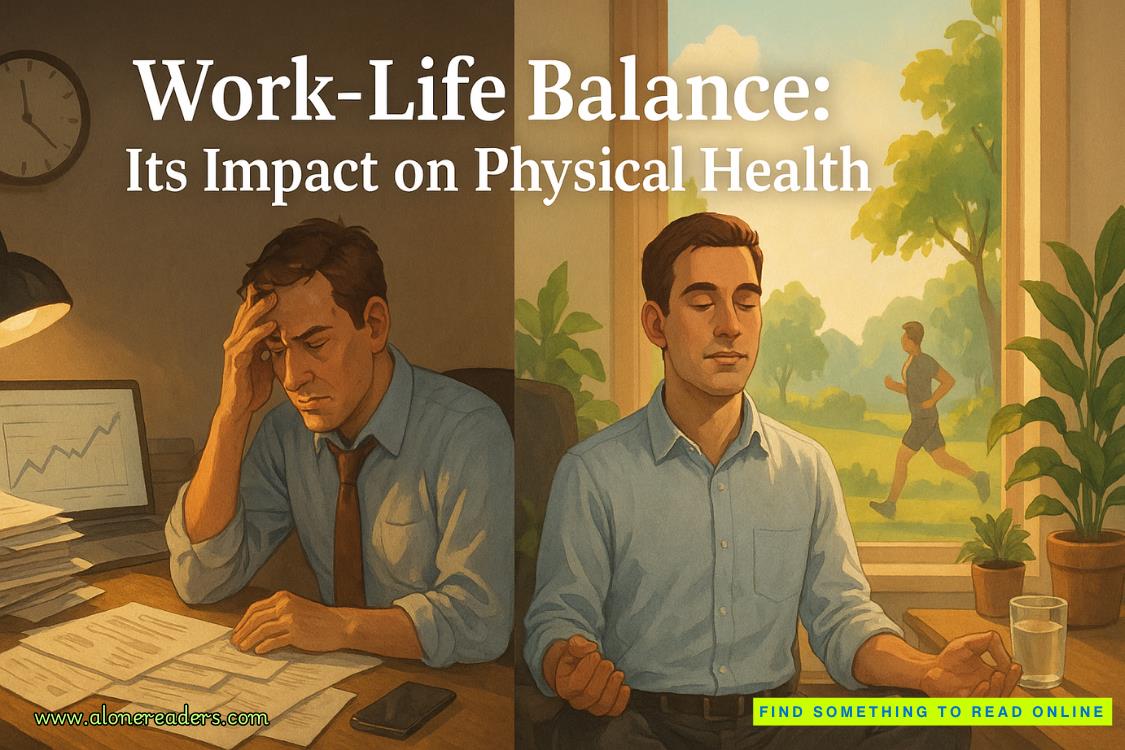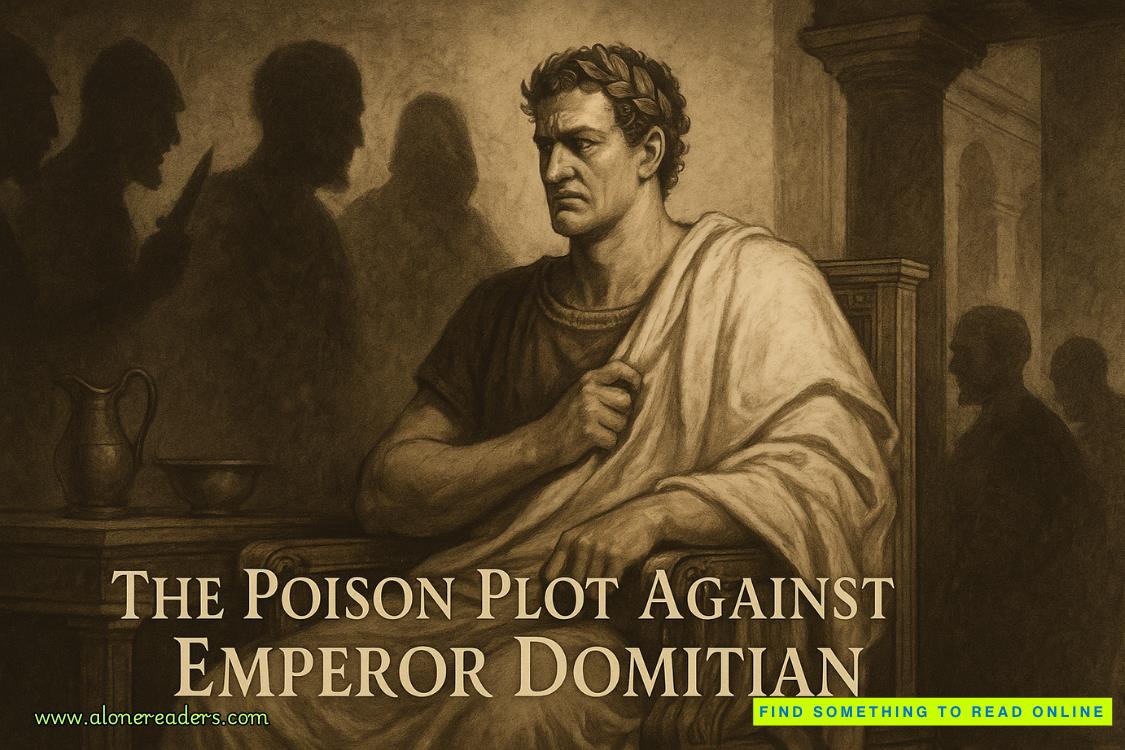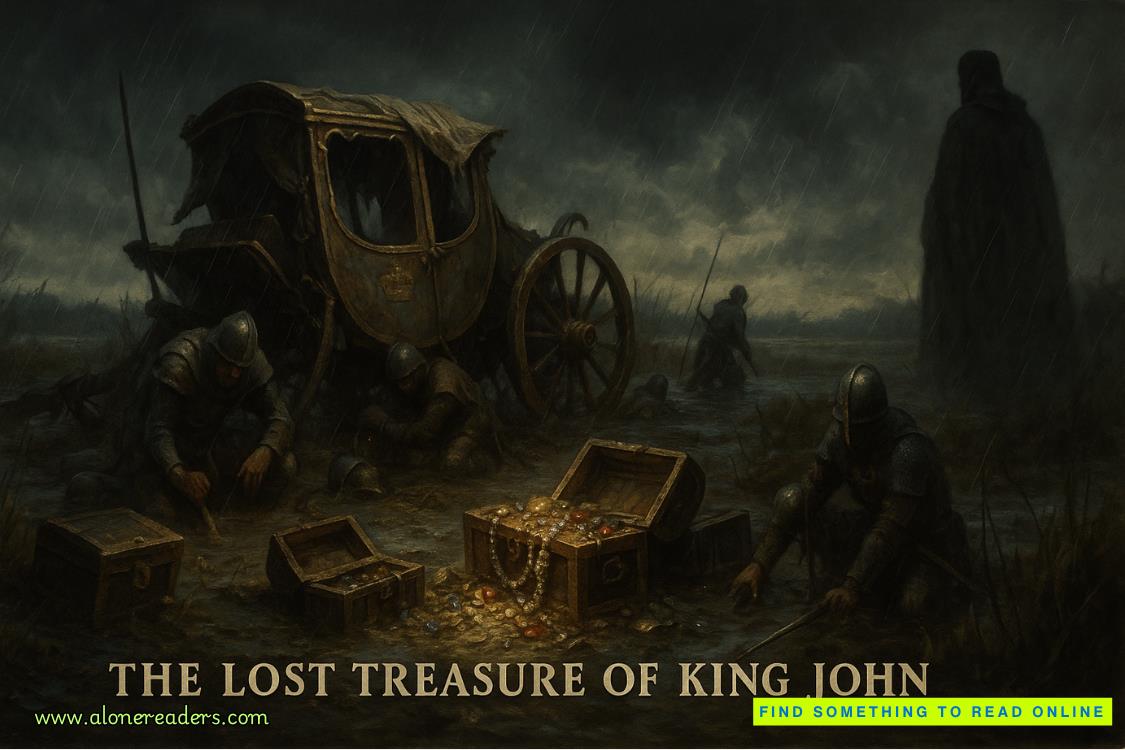Page 95 of The Doomsday Key (Sigma Force 6)
Gray noted Rachel staring down at the ground, too, surely wondering the same.
Off to the side, Seichan kept her gaze higher, toward the surrounding walls of the prison and its watchtowers. The ruins were completely enclosed on all four sides. Her expression remained grim.
Seichan caught him studying her. She held his gaze as if she were about to say something. Though outwardly stoic, the tinier muscles in her face, those beyond most people’s voluntary control, seemed to shift through an array of emotions, blurring into an unreadable confusion.
She finally turned away as the tour guide spoke. “Come, come. We’ll move next to the beautifully preserved lay building. It offers us a wonderful example of monastic life.”
She headed to the far side of the yard where a three-story stone building sheltered in the corner. It was fronted by archways and pierced by small doors and windows.
“The lower level housed the monastery’s calefactorium, or communal day room,” she explained. “Its design is ingenious, très brillant! Beneath the pavement ran a series of flues from hidden cellars. Fires below would warm the cold monks after prayers or night offices. Here they could also grease their sandals before they began their day.”
As she went on to explain more about daily monastic life during the Middle Ages, Gray studied the stones under his feet.
So the monks were proficient engineers and tunnel makers.
He also remembered Wallace’s assertion that such monasteries and abbeys were often riddled with secret passageways.
Did any of them survive?
The woman led them through more of the ruins, even out to the remains of a barn that served as an old currier’s shop, and lastly she rounded them back toward the ruined walls of the old church. She ended at the massive Grand Cloister, the crown jewel of the tour.
They crossed through a huge archway and entered the cloister grounds. The structure consisted of a square walkway, covered on top and lined with columns on the inside, facing a sunny inner garden. Gothic vaults held up the roof over the walkway.
Gray ran his fingers along the neighboring wall. To have lasted for a millennium, the whole structure stood as a testament against the ravages of time and weather.
What else might have survived?
Their guide brought them out into the central garden, with its narrow paths framed by low bushes and angular flower beds. “The cloisters were built to the south of the church to take full advantage of the best sun.”
She lifted her face to the sky to demonstrate.
Gray followed her out and stood beside an ornate compass that graced the center of the garden. He turned in a slow circle and studied the square of columns that surrounded him.
Of all the abbey grounds, why was the cloister so well preserved?
He sensed that if there was a way into Saint Malachy’s tomb, it had to be here. A few steps away, Rachel took photographs. They would study them back at the hotel, try to discern a solution.
Still, as Gray stood there, he knew photos could not capture the ancient feel of the place. He took a moment to absorb it all. Something about the structure nagged at him. He pushed away all distractions. He ignored the others wandering the ruins, turned a deaf ear to the guide’s continuing discourse.
Instead, he listened to this place.
He allowed himself to slip back in time, to hear the monks’ chanting, the ring of bells in a call to prayers, the silent prayers cast heavenward.
Here was a sacred place…
Surrounded by ancient stone columns…
Then he knew.
He turned full around once more, his eyes wide. “We’re in a sacred stone ring.”
A step away, Rachel lowered her camera. “What?”
He waved an arm around the cloister. “These columns are really no different than the standing stones back in the peat bog.” His excitement grew, his voice breathless. “We’re standing in the middle of a Christian version of a stone ring.”
Gray rushed to the towering columns and moved from one to the next. Carved out of massive blocks of yellow-gray limestone, each one had to weigh several tons, truly no different from the standing bluestones of England.
On his fourth column, he found it. It was faint, no more than a shadow worn into the surface of the limestone. He ran his fingers over the mark, tracing the circle and the cross.
“It’s the symbol,” he said.
The guide had noted his sudden attention. She joined him. “Magnifique. You’ve discovered one of the consecration crosses.”
He turned to her for elaboration.
“During the Middle Ages, it was traditional to sanctify a church or its property with such symbols. Unlike the crucifix that represents Christ’s suffering, these crossed circles represent the apostles. It was typical to adorn a sacred place with them. They always numbered—”
“Twelve,” Gray finished for her. He pictured the standing stones in the peat bog. There had been twelve crosses there, too.
“That’s correct. They mark the blessings of the twelve apostles.”
And maybe something much older, he added silently.
Gray moved through an archway into the covered walkway. He wanted to examine the far sides of the columns. The standing stones back in England had spirals on their reverse sides.
He searched quickly along the cloister. The others joined him. He found no markings on the inner surfaces of the columns. By the time he had circled all the way back to where he started, his excitement had waned. Maybe he was wrong. Maybe he was reading too much into the symbolism.
The woman noted his determined search. “So you’ve heard the local legend,” she said with a slight scoffing tone. “I think half the reason the cloister still stands is because of that mystery.”
Wallace wiped his brow with a handkerchief. “What mystery are you talking about, my dear lady?”
The woman smiled for the first time, slightly smitten by the older professor. Also, Wallace had been sticking close to her, asking lots of questions, which probably contributed to the attraction.
“It’s a legend only told locally. A story passed from one generation to the next. But I’ll admit, it is an oddity.”
Wallace returned her smile, encouraging her to continue.
She pointed to the courtyard. “As I said before, it’s typical to sanctify a church with twelve consecration crosses. But here there are only eleven.”
Surprised, Gray stepped back out into the garden. He mentally kicked himself for not being thorough enough. He had never thought to count the number of symbols. He had assumed there were twelve, like the standing stones.















